The Western genre made a name for itself with its endlessly grim and violent depictions of the American Old West, but not all of its films are set in the great Southwest of the final decades of the 19th century. Both classical Westerns and neo-Westerns have made bold decisions to shift locations and eras, and in some cases have altered both. With the genre becoming saturated in the Golden Era of Hollywood – and completely revolutionized in the immediate aftermath – filmmakers saw that variety was key to making a compelling Western story. Since then, although nowhere near as popular as it once was, the genre has still expanded and evolved as a result.
The move away from the American Old West in Westerns was also aided by the utilization of Western tropes in films of other genres. Sci-fi films – most notably the original Star Wars trilogy – leaned heavily into Western stereotypes, which in this case created a genre all of its own: the Space Western. Not only that, but films like Mad Max, The Book of Eli, Sukiyaki Western Django and Kelly’s Heroes have all had Western elements despite their respective unfamiliar premises, locations and eras. With that in mind, here are the ten greatest Western movies not set in the Wild West.
Bonnie and Clyde
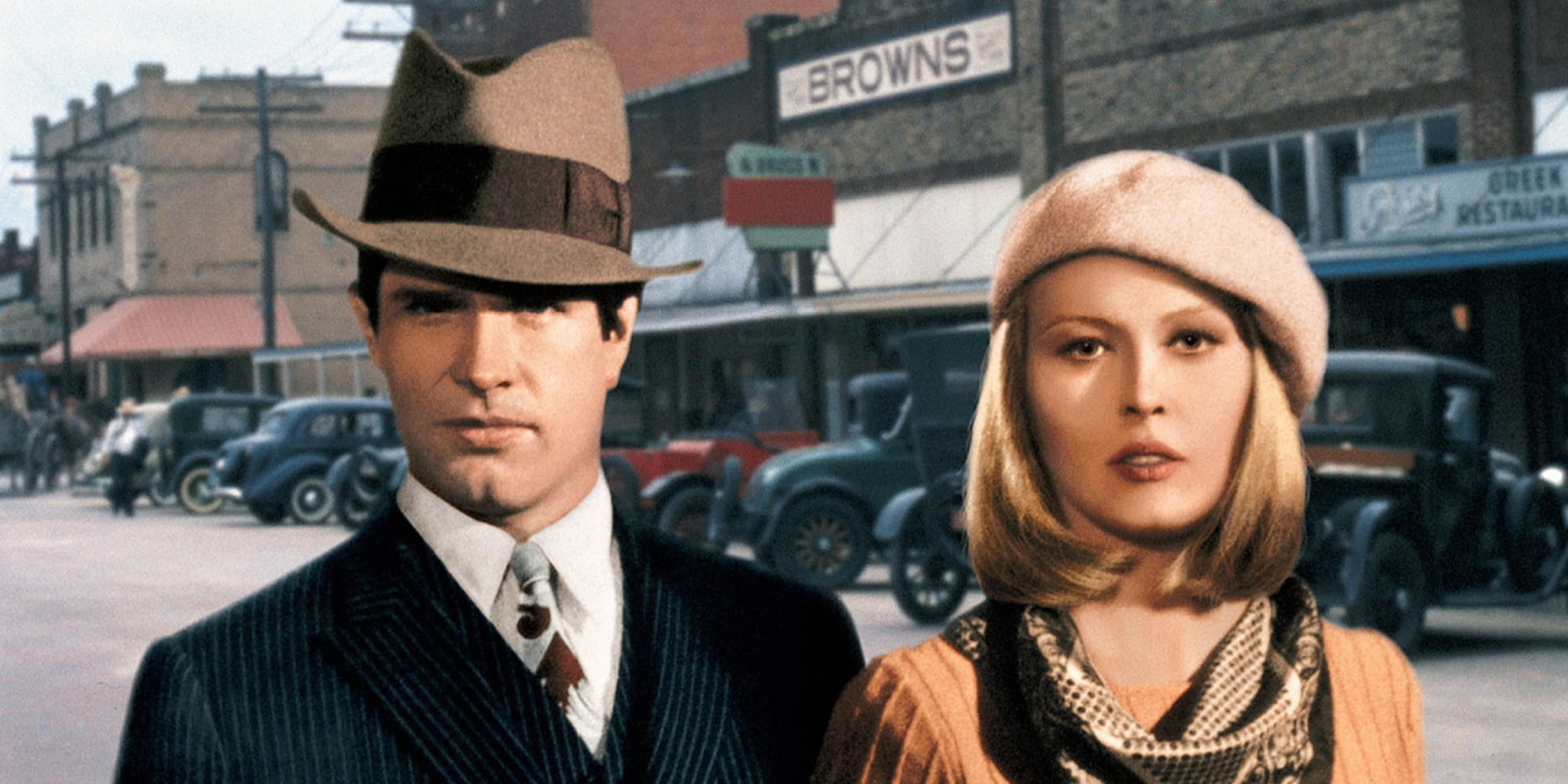
Often credited as helping to usher in the New Hollywood era in 1967, Arthur Penn’s Bonnie and Clyde is the retelling of the real-life crime couple who charismatically captured the imagination of the American public during the Great Depression as they tore through the country robbing banks and killing lawmen. Though the mass migrations of the Depression meant that much of the Dust Bowl was left sparse and lawless (as it had been in the Old West), the time period of Bonnie and Clyde sets it long after the country had been civilized. Nonetheless, its rapid editing, graphic gunfights, complex antiheroes, and barren locations make it undoubtedly Western.
No Country For Old Men
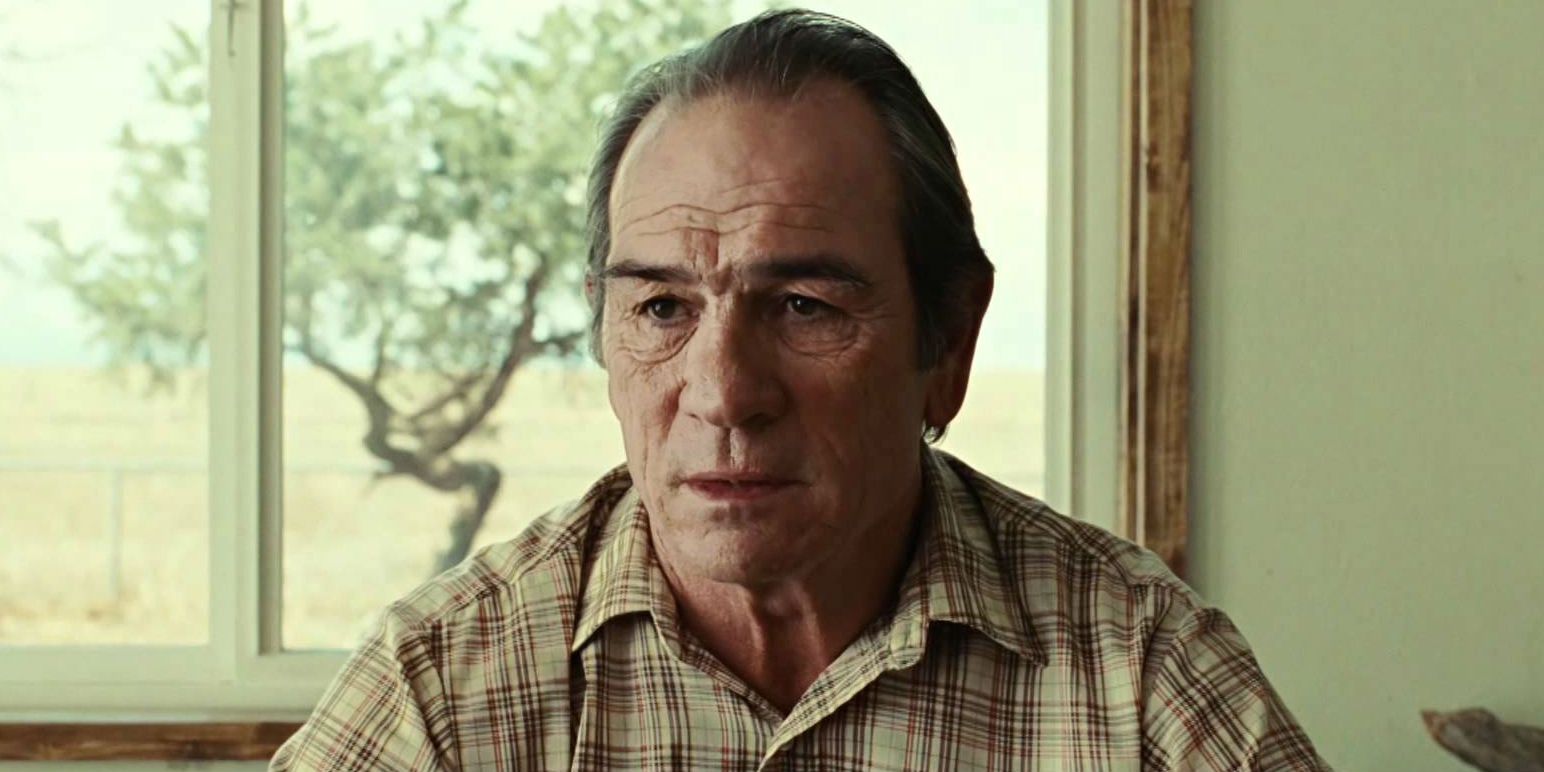
Legendary author Cormac McCarthy’s novels are notoriously difficult to adapt, and there is a litany of examples of Hollywood failures when it comes to his stories. No Country for Old Men, on the other hand, directed by the Coen brothers and starring Josh Brolin, Javier Bardem, and Tommy Lee Jones, is arguably one of the greatest films of the 21st century. Set in the Texas desert back-country in 1980, the story has all the hallmarks of a neo-western: displaced characters in a changing world, lawlessness, and the struggle for moral clarity. No Country’s Chigurh is one of the best villains to ever grace film screens, while its overall atmosphere is unendingly chilling and tense.
Serenity
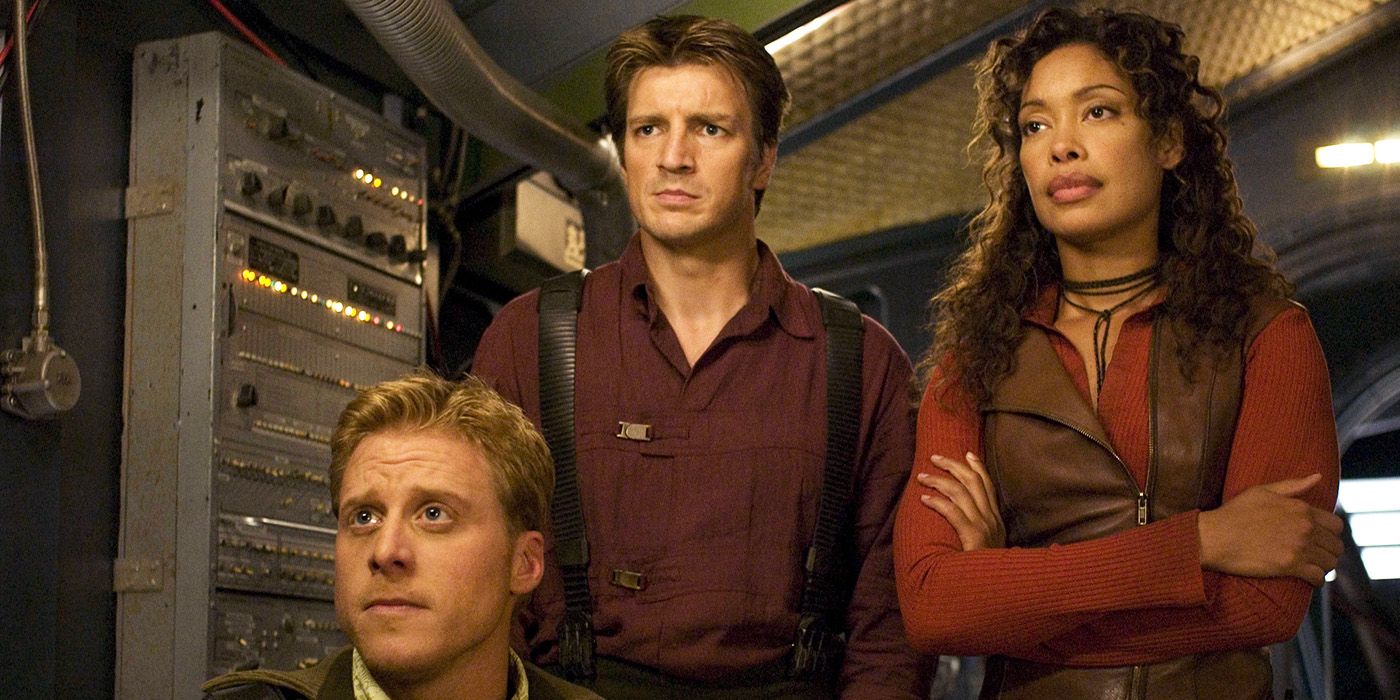
Though the original Star Wars films might be the most well-known space Westerns – or at least the most popular – Josh Whedon’s 2005 Serenity, a 2005 continuation of the canceled TV series Firefly, is a more pertinent example of a true Western set away from the Old West. Set in a future where the crew of the titular spaceship, led by Nathan Fillion’s Mal, evades the oppression of the Alliance government while undertaking smuggling jobs and other escapades. Upon taking on a secretive new passenger, their adventure becomes more complex. Simply put, Serenity is a full-blooded western which only swaps the American frontier for the final frontier.
Hell Or High Water
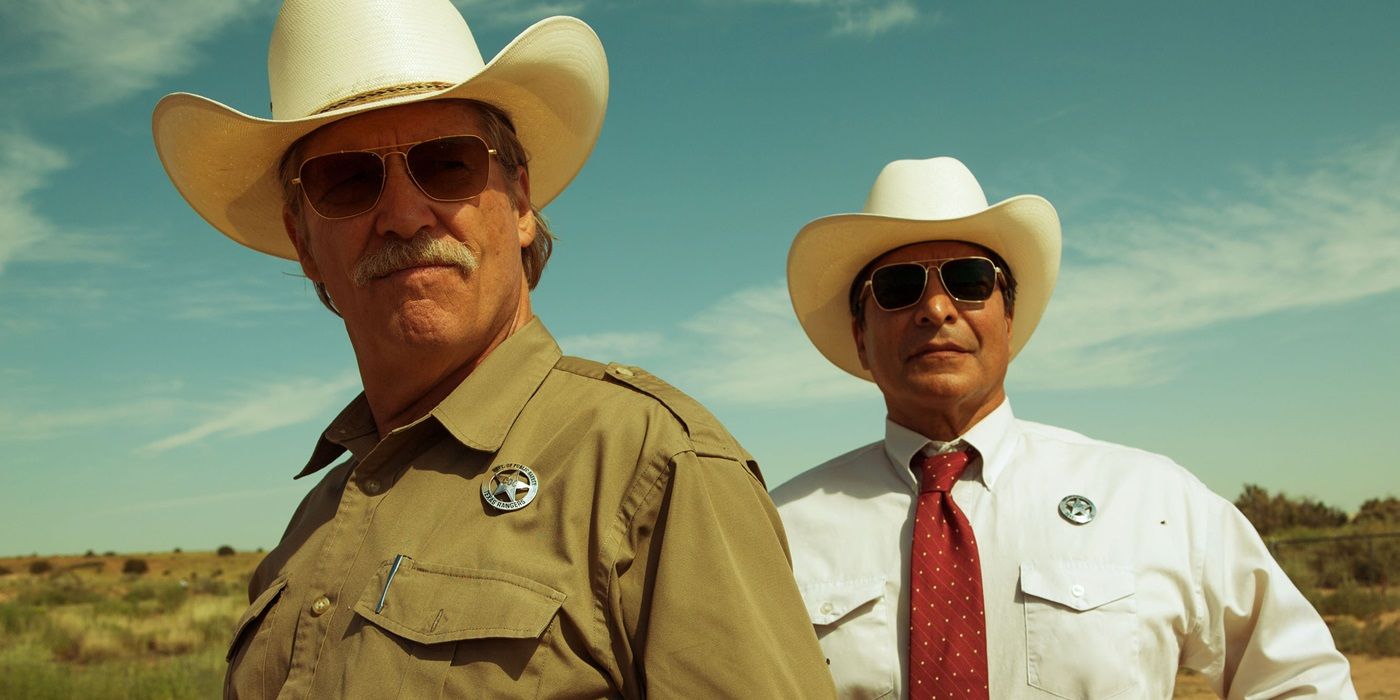
Not unlike No Country for Old Men, David Mackenzie’s 2016 neo-western Hell or High Water is, at its heart, a cat-and-mouse chase spread over a more contemporary Texas landscape. Following the recession of 2008, brothers Toby and Tanner embark and a robbery spree in order to save their family ranch from foreclosure, which naturally brings them to the attention of a lawman, here played by Jeff Bridges. Changing landscapes, moral ambiguities, desperate measures, and justice are all prevalent themes in Hell or High Water, whose 21st-century landscapes might otherwise trick viewers into thinking this is anything but one of the best modern Westerns.
Brokeback Mountain
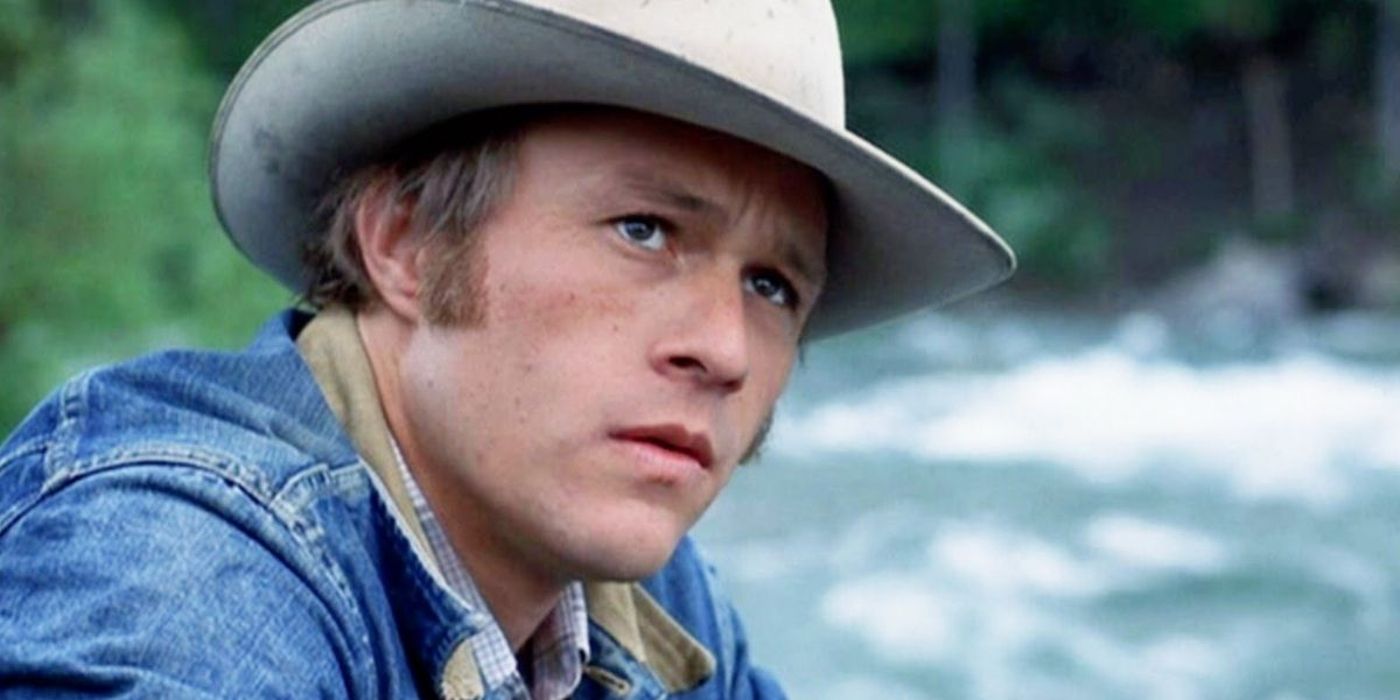
Poignant portrayals of same-sex relationships against the backdrop of the American West are unusual, but Ang Lee’s Brokeback Mountain (2005), starring Heath Ledger and Jake Gyllenhaal as its two leads, did so with grace. The film follows two young cowboys in 1960s Wyoming as they engage in a passionate love affair, which, as a result of the surrounding cultural norms and fear of discrimination, is doomed to fail. Other than the location and professions of its many characters, Brokeback Mountain doesn’t overlap much with other Westerns, yet its positive attitude to and representation of LGBTQ+ relationships is enough to make it an essential entry in the canon.
The Revenant
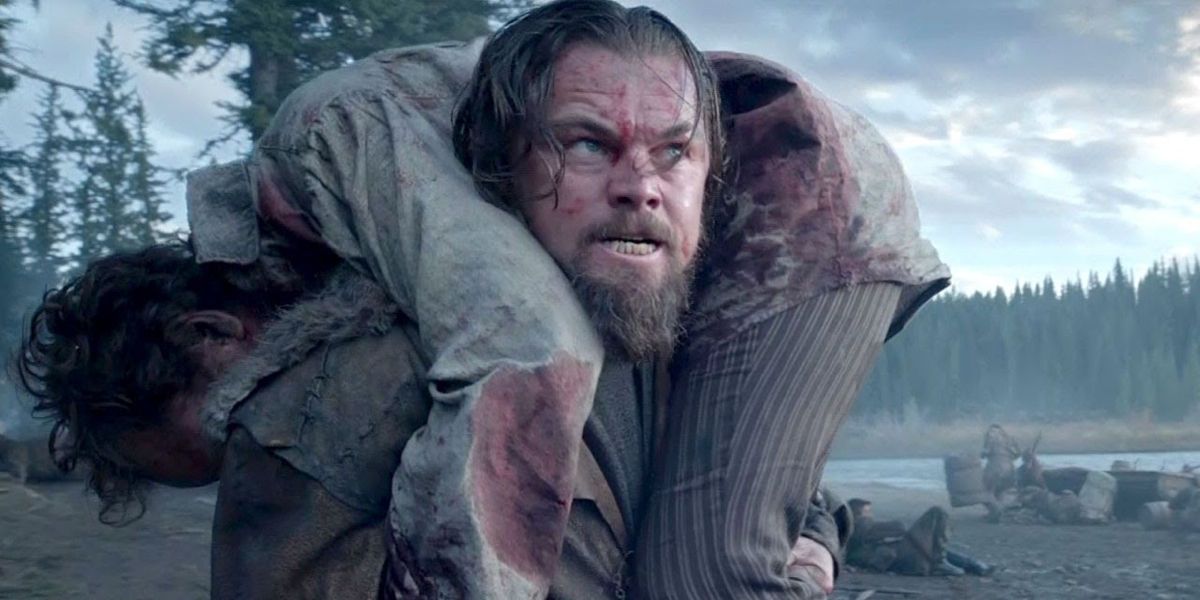
Loosely based on the true story of an 1820s frontiersman named Hugh Glass, Alejandro González Iñárritu’s 2015 drama The Revenant is set before the time of the Old West and way up north in the territories that would later become the Dakotas. A fur-trading expedition is abruptly ended when a bear attacks and mutilates Glass (Leonardo di Caprio), leaving him to fend for himself, clinging to life as he seeks revenge on John Fitzgerald (Tom Hardy) who abandoned him. Though the cinematography and lead performance are what elevate The Revenant, its grounding in the Western genre (most centrally through its focus on revenge and lawlessness) makes it a notable contribution to the canon.
Duck, You Sucker!
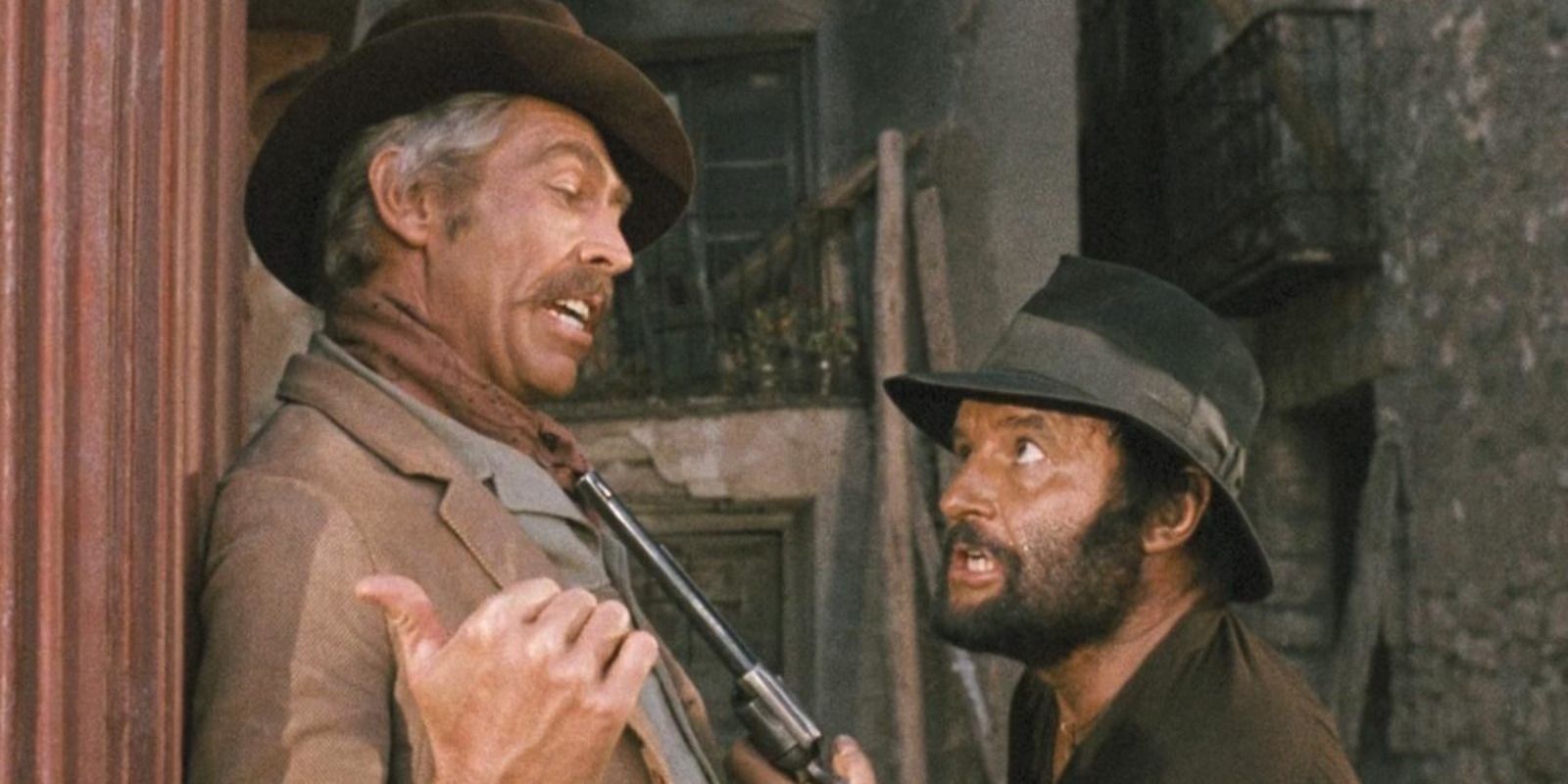
As the second film in Sergio Leone’s unofficial Once Upon a Time trilogy, Duck, You Sucker! had a lot to live up to following the unprecedented success of Once Upon a Time in the West. Set during the Mexican Revolution of the 1910s, it details the unusual alliance between a Mexican bandit and an Irish revolutionary, all the while delivering a nuanced political commentary. Leone’s trademark sweeping vistas and intense close-ups are as prevalent in Duck as in any of his films, though this would be his last traditional western. It may be one of his more overlooked features, but it retains all the important components of Leone’s previous masterpieces.
El Camino
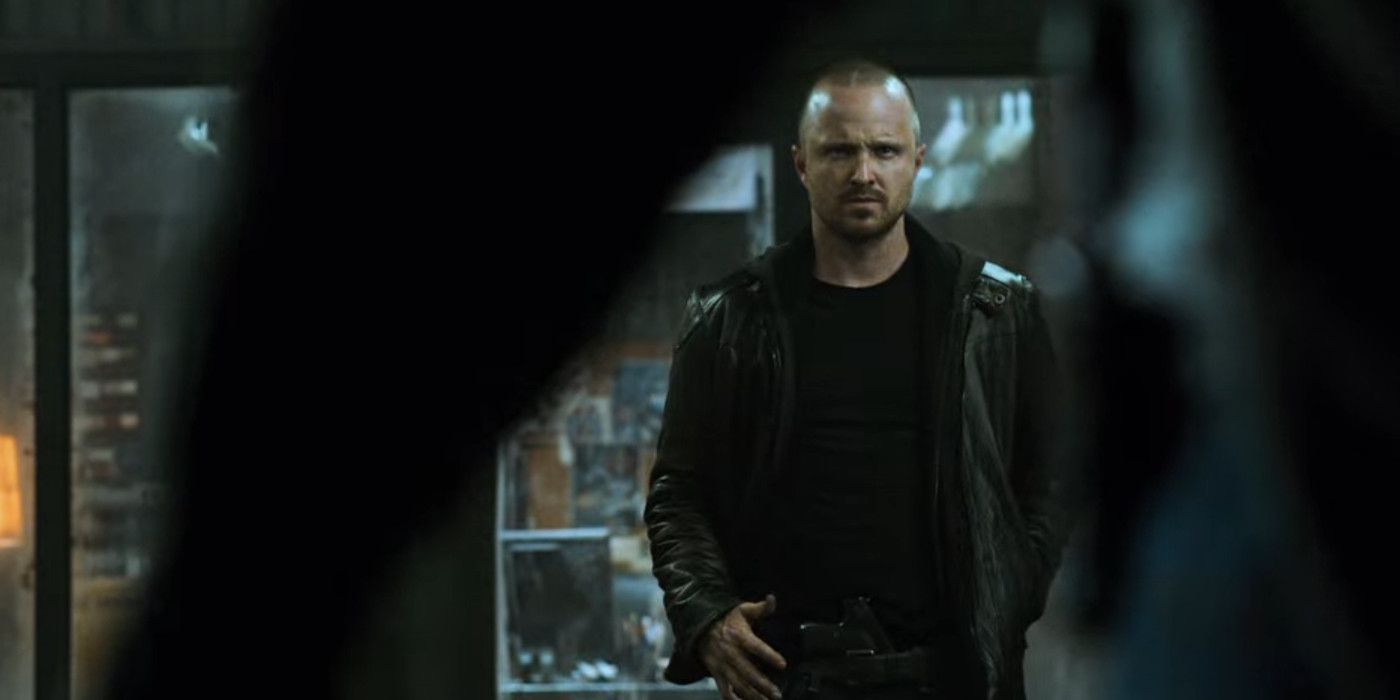
Though some fans were calling for Vince Gilligan’s arrest after the announcement of a sequel film to the Breaking Bad TV show (whose ending had delighted and satisfied fans), El Camino did a respectable job of developing the show’s characters without undermining its finale. Though predominantly a character study of Jesse Pinkman as he attempts to flee the law immediately following the events of Felina, El Camino does not shy away from Breaking Bad’s Western roots, in fact, it fully embraces them. Featuring a big bag of cash, frontier justice, a protagonist with a dark past, and even a quickdraw shootout, the film has all the tropes despite being set in 21st-century Albuquerque.
Natural Born Killers
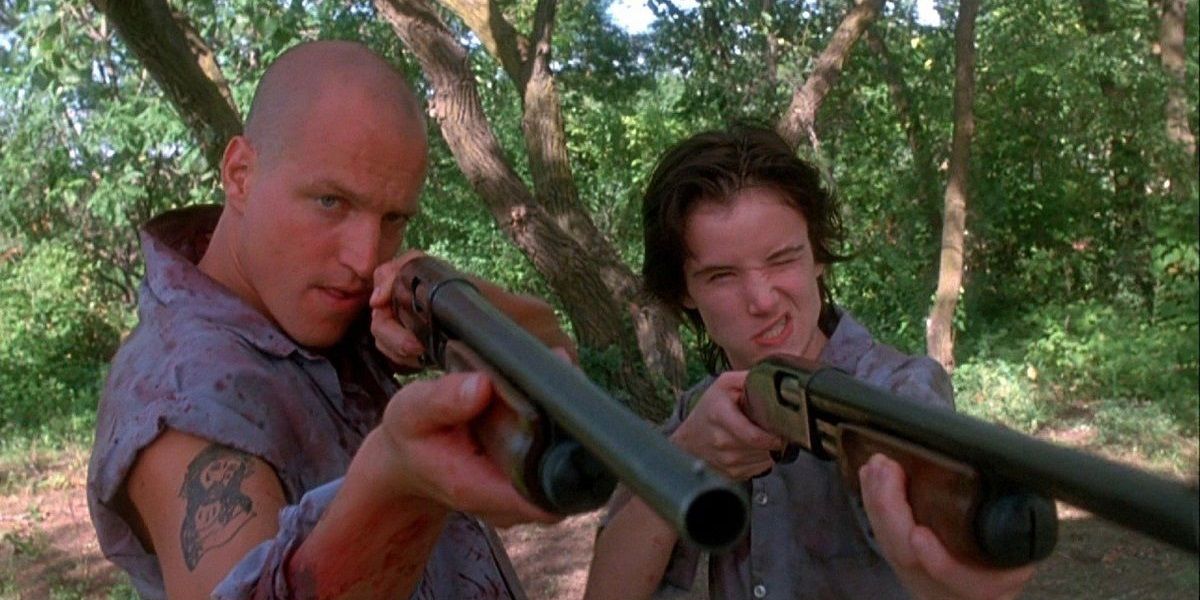
Oliver Stone’s Natural Born Killers, whose screenplay was written by Quentin Tarantino, is the ultimate celebration of 1990s filmmaking. Being as psychedelic, stylistic, controversial, and provocative as it is, it holds much in common with the essential spaghetti Westerns of the ‘60s and ‘70s, although Natural Born Killers builds on its characters in ways those films did not. It follows Mickey and Mallory, a couple on a killing spree across the American Southwest in the modern day, as well as the media coverage and police pursuit of them. It is in itself a critique of the glamorization of violence but nonetheless showcases a reverence for the Western genre in its entertaining set-pieces and intriguing anti-heroes.
The Nightingale
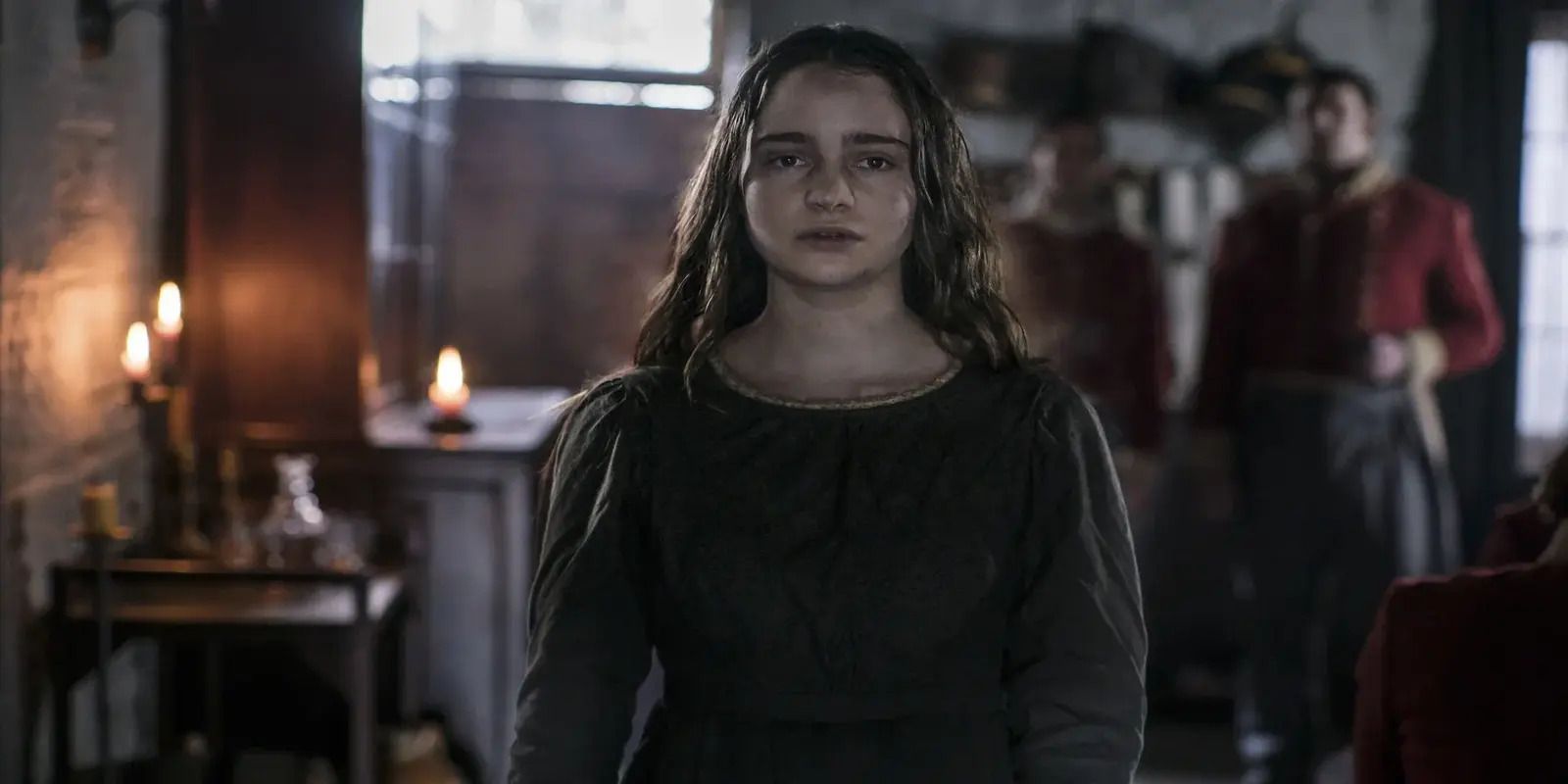
Though not uncommon in the literary and film industries, Jennifer Kent’s The Nightingale (2018) is the only one to make this list. Telling the story of Clare, an Irish convict exiled to Van Diemen’s Land in the early 1800s, The Nightingale explores the impact of colonization on indigenous communities (as can be applied to the European settlers and Native Americans), the desperation for revenge, and lawfulness versus lawlessness. Impactful for its sympathetic representation of Indigenous Australian experiences during the period, the Western film also serves to remind us of the atrocities of colonization more broadly, which is partly why it won the Special Jury Prize at the 2018 Venice Film Festival.




